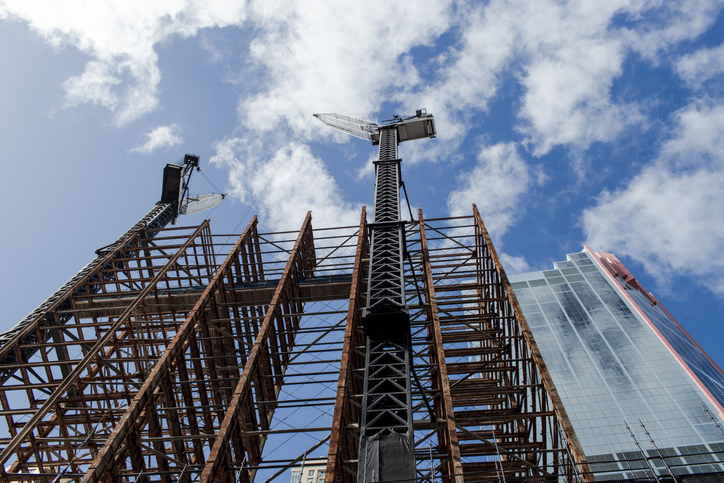Snapshot
- The Building and Construction Industry Security of Payment Act 1999 (NSW) has been in operation for nearly 20 years and has affected a number of important changes to the recovery of interim payments by contractors under construction contracts in NSW and around Australia.
- A new amending Act is expected to commence in the coming months, and will make a number of important changes to the way the regime operates in NSW.
Practitioners who have had to advise clients on matters such as payment claims, the issuing of payment schedules, the submission of payment claims to adjudication and applications for judgment, will be familiar with the process envisioned by the Building and Construction Industry Security of Payment Act 1999 (NSW) (‘the Act’). First, there is a need for a construction contract, or some other arrangement in the sense described by Okaroo Pty Limited v Vos Construction and Joinery Pty Limited [2005] NSWSC 45. Next, the service by a person who is or claims to be entitled to a progress payment of a payment claim complying with the requirements of the Act. After that comes the provision, or failure to provide a payment schedule complying with the requirements of the Act. Dependent upon whether a payment schedule has been provided or not, either the submission of the claim to adjudication or an application for summary judgment made pursuant to either s 15 or s 16 of the Act. The last step being the enforcement either of the adjudicator’s certificate filed as a judgment or a judgment obtained following a discrete court application.
The intention here is not to overview in detail the entire enforcement process, but to flag some of the recent amendments to the Act; identify a couple of the more significant changes; and explain generally the development of the law or practice giving rise to the amendment.




